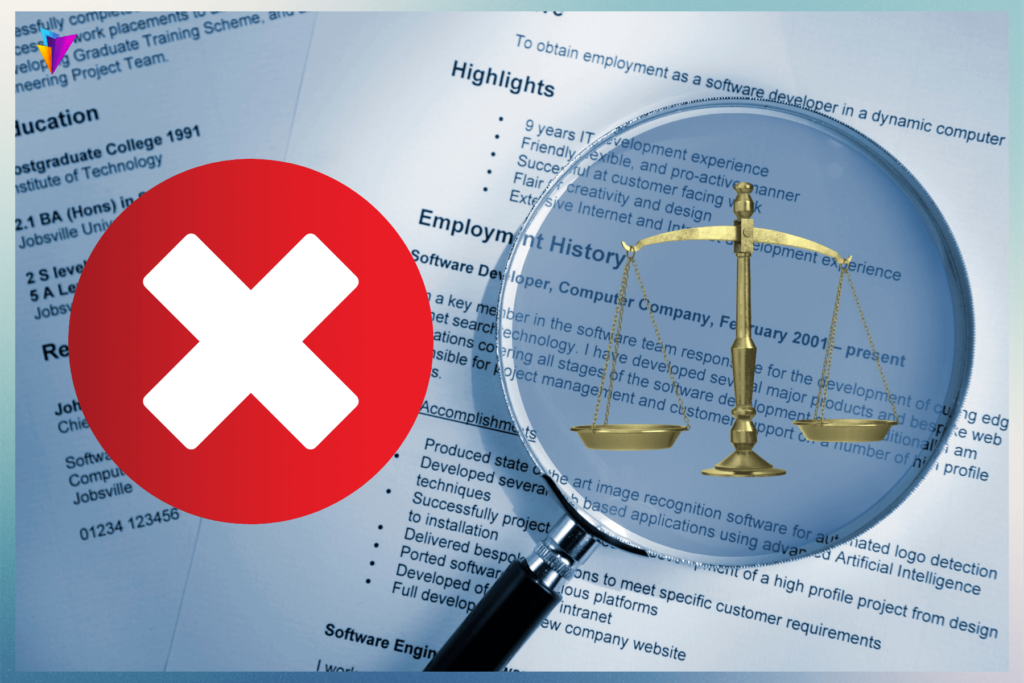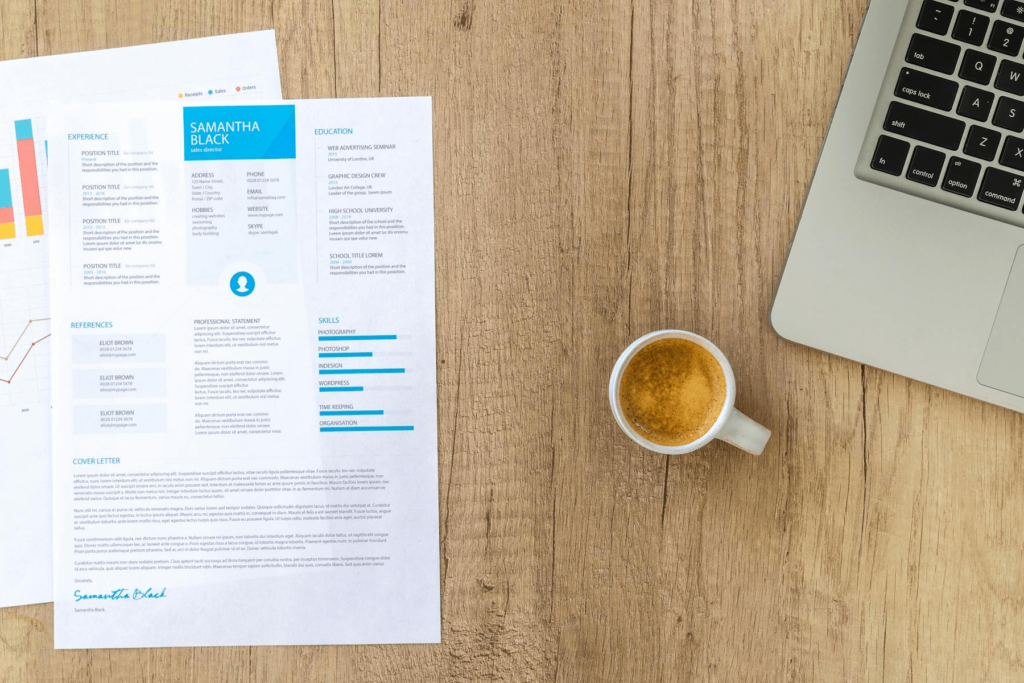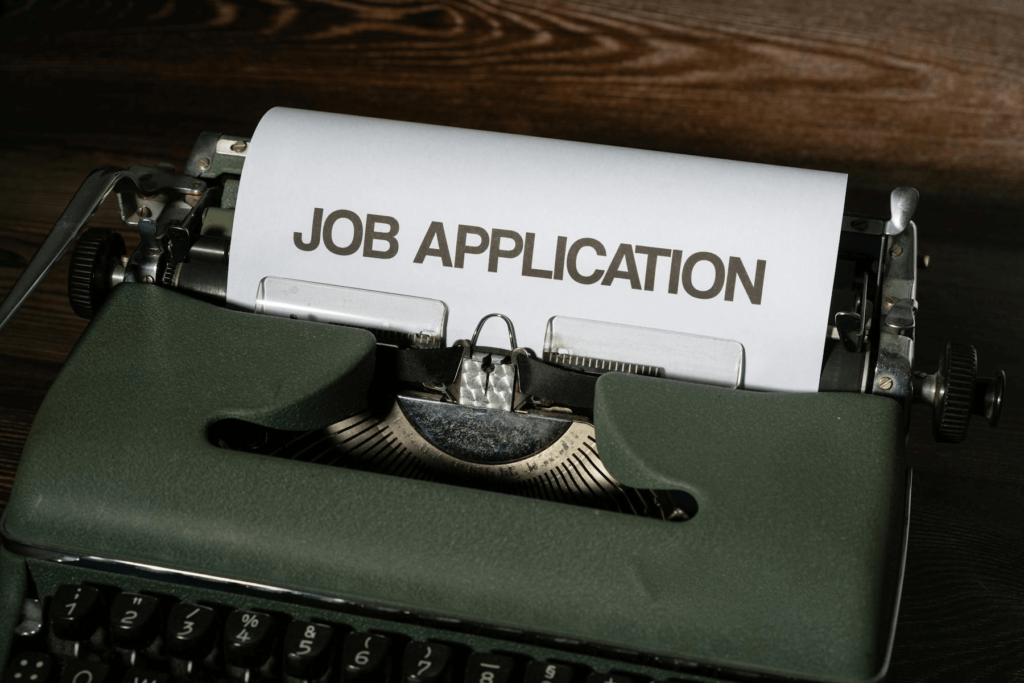The job market is evolving fast, and hiring managers expect well-crafted, personalized, and ATS-optimized professional cover letters. In 2025, simply reusing a generic cover letter won’t cut it. You need a tailored, engaging approach to stand out.
In this guide, we’ll walk you through each step of professional cover letter writing, from choosing the right format to making it recruiter-friendly. Whether you’re an entry-level applicant or a senior professional, this guide ensures your cover letter gets noticed.
Understanding the Basics of Cover Letter Writing
What is a Cover Letter & Why Does It Matter in 2025?
A professional cover letter is a concise, personalized letter that complements your resume. Its main purpose is to highlight your suitability for the role you’re applying for. However, in 2025, the function and importance of a cover letter have shifted significantly, driven by increased adoption of Applicant Tracking Systems (ATS) and AI-powered screening tools.
Today, cover letters serve as a critical tool recruiters rely on for a clearer understanding of applicants. With artificial intelligence reviewing resumes and cover letters initially, recruiters pay closer attention to documents that stand out through authenticity, enthusiasm, and genuine alignment with the role. Your cover letter helps demonstrate your personality, communication style, and passion—things that a resume alone often struggles to convey.
Furthermore, an engaging cover letter can help you bypass AI screening by intelligently using keywords from the job description. This way, your letter becomes not just human-friendly but also algorithm-friendly, boosting your chances of being shortlisted.
Cover Letter vs. Resume – Key Differences & When to Use Each
A common confusion among job seekers is knowing precisely how a resume and cover letter differ. Understanding this clearly can boost your chances significantly. Your resume is essentially a structured snapshot of your professional journey. It lists your experiences, skills, education, certifications, and key achievements. However, resumes alone often come across as rigid and impersonal.
On the other hand, a cover letter serves as your personalized pitch. It allows you to “sell” your qualifications by highlighting relevant experiences and explaining how you fit the specific job role. Unlike the resume’s bullet-point format, the cover letter is narrative-driven and conversational.
Ideally, both documents must work seamlessly together. A strong resume provides the backbone of your qualifications, while a personalized, enthusiastic cover letter provides context and persuades the recruiter why you deserve the interview.
Step-by-Step Guide to Generating a Winning Cover Letter
Structuring Your Cover Letter – The Right Format & Layout
The first impression matters immensely, particularly in cover letters. Recruiters in 2025 have limited time and plenty of applications to review. An optimized structure helps your cover letter stand out immediately.
Keep your professional cover letter word count between 250 and 400 words. Ideally, divide it into three to four short, purposeful paragraphs. Shorter paragraphs are easier to skim, increasing the likelihood your letter will be read fully.
When choosing your font, stick to professional, clear choices such as Arial, Calibri, or Times New Roman, using a size of around 11 or 12 points. Maintain margins of at least 1 inch on all sides, and keep line spacing at 1.15 to ensure readability and visual appeal.
Remember, your cover letter is likely read first digitally—often on mobile devices or ATS screens. Therefore, clarity, simplicity, and brevity are crucial.
Crafting a Powerful Opening to Hook Recruiters Instantly
The opening sentence of your professional cover letter determines whether the recruiter reads further or moves onto the next application. To hook recruiters instantly, your opening must be compelling, enthusiastic, and targeted.
Begin your letter by expressing genuine excitement about the opportunity. For example:
“As a passionate digital marketer with over five years of experience increasing online conversions, I was thrilled to see your company’s opening for a Marketing Manager.”
If you’re applying based on a referral, leverage that immediately:
“Upon recommendation by my former manager, John Smith, I’m excited to apply for your Senior Sales Consultant position.”
When referencing a job posting, highlight specific keywords or challenges mentioned in the ad:
“I noticed your recent job posting for a UX designer emphasizes creating intuitive user experiences—something I’ve passionately done in my recent role at XYZ Inc.”
Such focused, engaging openings immediately capture recruiter attention, ensuring your entire letter receives careful consideration.
FAQs (SEO-Optimized for Featured Snippets)
What is the ideal length of a cover letter in 2025?
A professional cover letter should be 250-400 words, ideally 3-4 paragraphs long.
Do recruiters still read cover letters in 2025?
Yes! While some recruiters focus on resumes, a personalized cover letter for a job can increase your chances of getting an interview.
What are the biggest mistakes to avoid in a cover letter?
Avoid generic language, overly long paragraphs, and repeating your resume without adding value.
What’s the best way to start a cover letter?
Start with a strong opening line mentioning a referral, a key achievement, or enthusiasm for the role.
How can I make my cover letter ATS-friendly?
Use keywords from the job description naturally and follow a clean, readable format.
Can I use AI to write my cover letter?
AI tools like Vionaa Cover Letter Builder can help structure and optimize your letter, but personalization is key.
Conclusion
The cover letter remains a powerful tool in your job application toolkit. While many aspects of the hiring process change rapidly, especially with technology and automation, the value of a personalized, well-structured professional cover letter remains constant.
By following the above steps carefully, structuring your letter clearly, crafting a compelling opening, and ensuring your document is ATS-optimized, you position yourself strongly to catch recruiters’ attention.
As you adapt to the evolving job market in 2025 and beyond, remember the golden rule: your cover letter should reflect genuine passion, showcase relevant skills, and highlight exactly why you’re the right candidate. Invest the time to make it count—your future career could depend on it.










